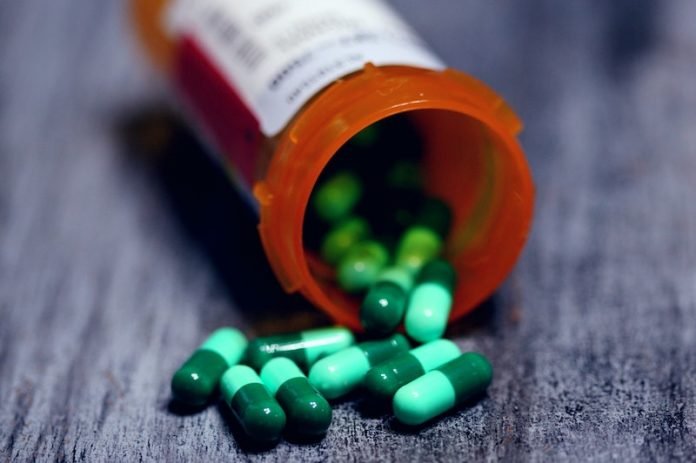
In a new study from Michigan Medicine, researchers found that the vast majority of patients treated for opioid overdoses in United States don’t receive two potentially lifesaving medications.
Analysis of data from nearly 149,000 emergency department visits for opioid overdose before and during the pandemic reveal that only 7.4% of patients received a prescription for naloxone, an overdose rescue drug often available under the name Narcan, within 30 days.
The prescription rate for buprenorphine, a medication to treat opioid addiction, was just 8.5%.
The Centers for Disease Control and Prevention announced U.S. drug overdoses exceeded 100,000 for the first time in a 12-month period that ended in April 2021, a 28.5% increase from the same period one year earlier.
In the study, the team analyzed prescriptions written after emergency department visits for overdose between August 2019 and April 2021.
Naloxone can be administered nasally or through an injection, similar to epinephrine used for people with severe allergies.
It’s designed to restore normal breathing during an overdose and is increasingly available for free from pharmacies and other locations.
Buprenorphine is also an opioid, but it is designed to block the action of other opioid drugs, including prescription medications, heroin and fentanyl.
The medication helps people reduce or eliminate their dependence on using opioids, without causing a high on its own.
The power of these medications to help people avoid future overdoses and get help for addiction is what drove the researchers to study prescriptions filled by people treated for opioid overdoses.
They also looked at patients treated for severe allergic reactions – anaphylaxis – in the same emergency departments over the same time period.
Nearly half of those patients received prescriptions for an emergency epinephrine device, such as an Epipen, within 30 days of their visit.
The risk that patients who survive an opioid overdose will go on to die from another overdose is high.
In a 2019 study, researchers found 1.1% of patients treated for opioid overdose died within one month and 5.5% died within one year.
The team recommends that, at a minimum, emergency physicians should prescribe naloxone to patients who overdose, and health systems should encourage that prescribing.
If you care about opioid use, please read studies about life-saving treatment for nation’s opioid disorder epidemic and findings of more heart infections and strokes in the U.S. linked to opioid epidemic.
For more information about opioid and your health, please see recent studies about how to reduce post-surgical pain without opioids and results showing that opioid overdoses spiked during the COVID-19 pandemic.
The study is published in the Annals of Emergency Medicine. One author of the study is Kao-Ping Chua, M.D., Ph.D.
Copyright © 2021 Knowridge Science Report. All rights reserved.



